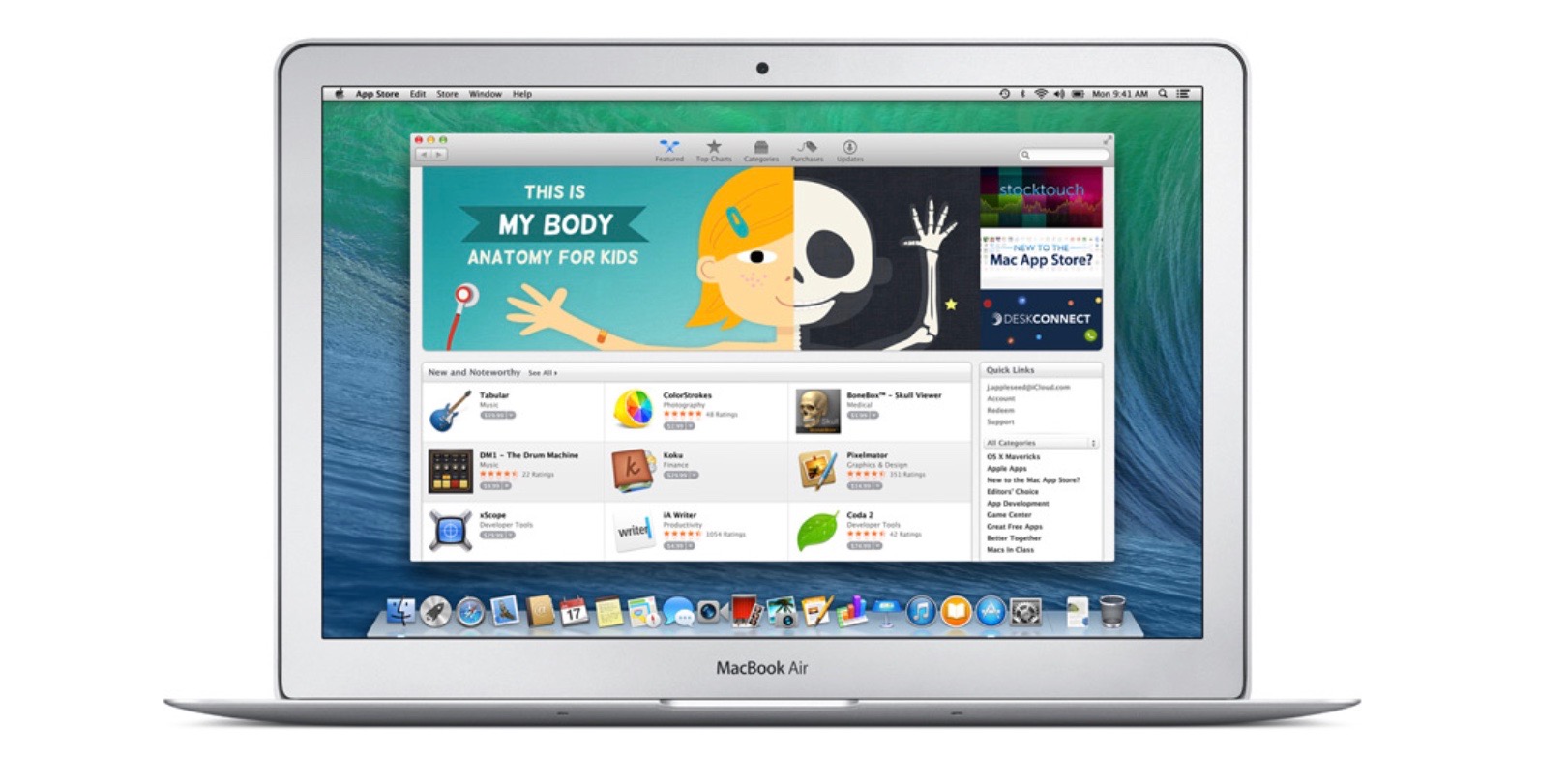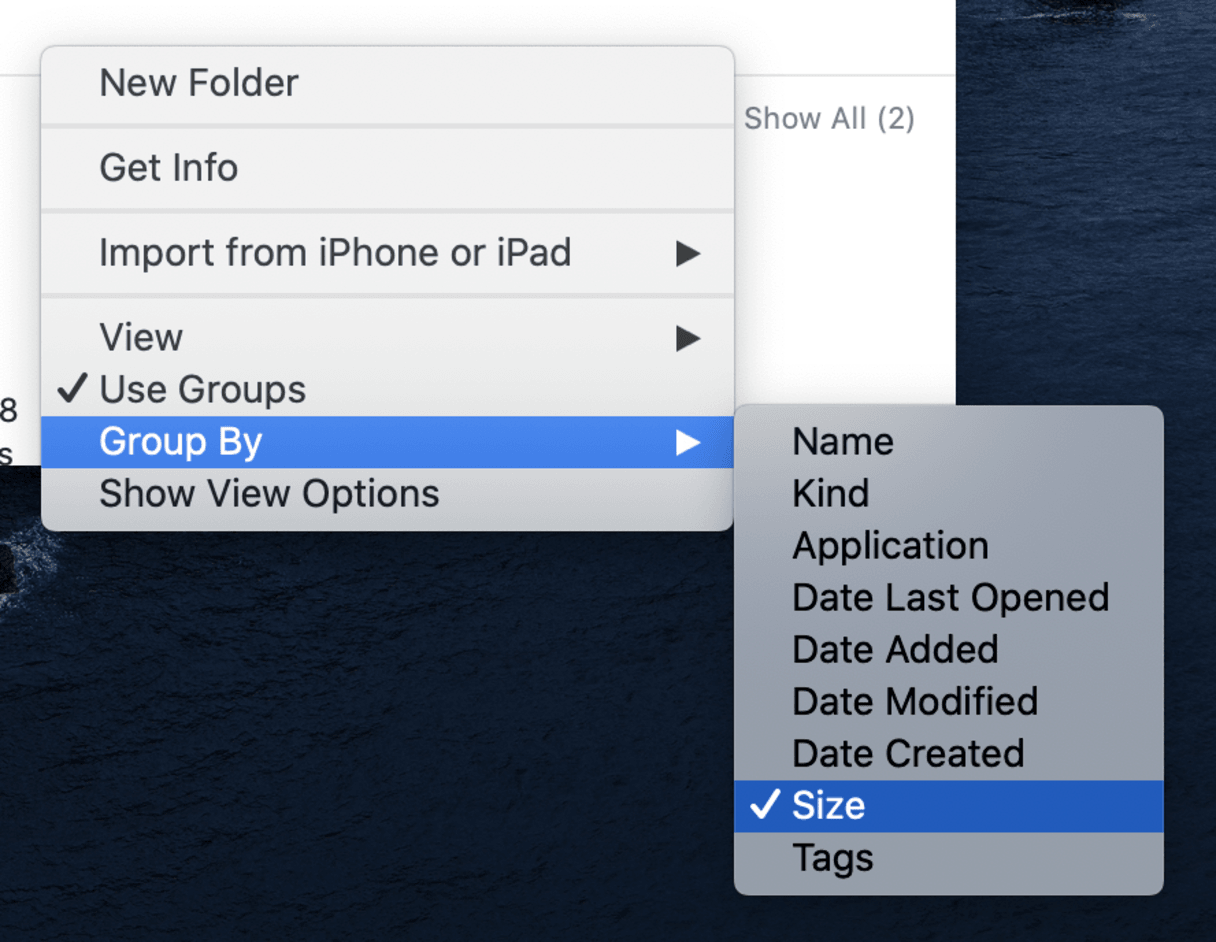Here are the steps on how to delete downloads on Mac: Open Finder. Go to the Downloads folder. Select all files in the Downloads folder. Move selected files into the Trash. Another quick solution to remove downloads from Mac is to use MacCleaner Pro. The application automatically finds downloads, as well as other types of junk files on your Mac. Back Up Your Mac Before Factory Reset. I believe that there must be some important files on your. The first thing you have to do is to restart your Mac and enter the Recovery system to format your Mac's hard drive (s). You do this by going to the menu and clicking the Restart.
System cleanup in one click
It’s practically impossible to go through a day of working on Mac and not download anything: coworkers send us files for review, friends send us new funny memes, or we download new app installers ourselves.
Most of the files we download we only need to see or use once, but we rarely have the discipline to delete them right then and there. Over time, this leads to our hard drives overflowing with files and folders we don’t actually want, straining our system’s resources and pushing us to spend to upgrade storage.
No more! Today, we’ll show you how to clear downloads on Mac in just a few minutes, potentially freeing up gigabytes of space and giving a new boost to your Mac.
Get Setapp to get rid of downloads
Setapp gives you a combo of the best cleanup app, CleanMyMac X, and a powerful duplicate removal app, Gemini.

Find more such tutorials on - this video I am going to show you how to delete applications off their computer or Permanently Delet. 22 hours ago Why does a game downloaded on a Mac show up on my MacBook Air and can I delete it without causing a problem on the original Mac? Click to expand. Take a look at your App Store settings to see if automatic downloads are enabled.
How to Delete Downloads on Mac
Nearly all files we download to our Macs end up either on your Desktop or in the Downloads folder. While the former is always visible and thus much easier to take care of, the latter quickly turns into the never-ending stream of files.
The first step to learning how to clear downloads on Mac is to find where the Downloads folder is actually located. By default, you can click on the Finder icon in your Dock and then select Downloads from the sidebar, you can choose Downloads from the Finder’s Go menu bar, or you can use the Option + ⌘ + L shortcut.
If you have hundreds or even thousands of files in the Downloads folder, deleting all of them (⌘ + A and Delete) might be risky — what if there’s something you might need? At the same time, going through all files one by one could take hours.
A good solution here is to group all files in the folder by size, so that the heaviest items will automatically be displayed at the top and would be easy to scan through and delete, getting you 80% of results with 20% of the effort.
To group files by size, right-click at the white space within a folder and select Group By ➙ Size. Then delete all the heavy offenders either with ⌘ + Delete or right-click ➙ Move to Trash.
How to find and delete hidden download folders
Most of the time your online files end up in the Downloads folder, which we covered above. However, if you’re frequently using various apps where you download files, they might as well end up in some proprietary folders in the heart of your Mac.
We’ve all been using Zoom, for example, in the past year. We also record a lot of conversations to be able to reference them later. Where those conversations get downloaded, though, might be a mystery to you.
To check on where Zoom stores all downloads, open up Preferences (⌘ + ,) and select Recording. Then click Open next to the “Store my recordings at:” and delete all unnecessary files within that folder. Finally use the dropdown to set that folders to regular Downloads.
Repeat the steps with every app from which you download files.
How to get rid of duplicate files
What happens more often than we realize is that we download a file from somewhere, use it once, and then a few days later forget where it is and download it again. This results in the proliferation of duplicates that serve no useful purpose at all. Deleting them is a no-brainer way to increase the amount of free space on your Mac. But how do you go about it?
Gemini is one of the most popular duplicate removers in the world. If you haven’t been removing duplicates regularly up until now, this app can save you gigabytes of space in seconds. Gemini is able to scan any folder and find the same files across images, video, audio, and more, even if they have different names. The app works for similar files as well, and Gemini preselects everything that’s safe to delete automatically.
Here’s how to use Gemini to delete duplicate files:
- Launch Gemini
- Click the plus icon
- Select Home ➙ Choose
- Click Scan for Duplicates
- Click Smart Cleanup
How to clear downloads on Mac overall
Your Mac’s unused files and folders don’t stop at Downloads. Over the years, you might’ve accumulated so much more that you just don’t notice every day.
Luckily, we can reuse the trick described above for the Downloads folder to find unneeded files across your Mac:
- Open any Finder window
- Search for a . (dot), which is present in any file name
- Switch the search to This Mac
- Right-click and pick Sort By ➙ Size
- Scan the top files and delete the ones you don’t need
This method is still a bit of a hack and while it tells you the size of the files it doesn’t tell you how often you’ve used them. For better results, you need a specialized app.
CleanMyMac X is a very powerful Mac optimizer that’s able to clean and speed up your Mac with just a few clicks. You can, for example, scan your Mac for malware, quit heavy tasks, update and uninstall apps, and more. One of CleanMyMac’s most underused features is called Large & Old Files, which scans all of your Mac for things that take up space and that you’re not using.
To find Large and Old Files with CleanMyMac X:
- Launch CleanMyMac X
- Navigate to the Large & Old Files tab
- Click Scan
- Check the files you don’t need
- Click Remove
How to remove downloads from Mac browsers
Tracking downloaded files through browsers can be a useful way to find the files you don’t need anymore. Browsers themselves don’t keep your files — they just provide a list of recently downloaded items.
After a heavy purge, however, it’s useful to clean up the list of downloads in your browser as well, so you can track everything from scratch.
To remove downloads in Safari:
- Click the Downloads icon in the top bar
- Select Clear
To delete downloads in Firefox:
- Go to Tools ➙ Downloads (⌘ + J)
- Click Clear Downloads
To clear downloads in Google Chrome:

- Go to Window ➙ Downloads (Shift + ⌘ + J)
- Click the three-dot menu and pick “Clear all”
You can also make all these actions effortless with CleanMyMac X, which has a way to clear all history and downloads from all browsers at once:
- Launch CleanMyMac X
- Navigate to the Privacy tab
- Go to each of your browsers and check Downloads History
- Click Remove
As you can see, when you know how to delete downloads on Mac, it takes just a few minutes, especially if you use apps like Gemini and CleanMyMac X.
Best of all, Gemini and CleanMyMac X are both available to you absolutely free for seven days through the trial of Setapp, a platform with more than 200 Mac apps that will supercharge your productivity, from unzipping archives with BetterZip to getting the best sound out of your speakers with Boom 3D. Try every Setapp app today at no cost and be amazed how quickly your life can change for the better.
Need to restore Mac to factory settings?
If you decide to sell or give away your Mac, you'll need to wipe your data in order to set up your Mac like a new one. Not only is it essential for your privacy, but it is also the right way to prepare your MacBook for another owner. Resetting Mac to factory settings includes several steps. Here’s the brief outline of them:
- Data backup
- Deauthorizing iTunes on macOS Mojave or earlier
- Signing out iCloud and iMessage
- Resetting NVRAM
- Erasing Mac hard drive in Recovery Mode
- Reinstalling macOS
Continue reading to learn how to factory reset MacBook Pro or any other Mac computer just as it was new.
Note: This guide is relevant to Mac Pro, iMac, MacBook, MacBook Pro, and MacBook Air.
The ultimate checklist to factory reset MacBook Pro
Step 1. Back up your data
When you factory reset MacBook Pro, all the information you have on your hard drive is wiped off. That’s why you need to create a backup to save your important files and data. This is like cloning your hard drive and keeping it for some time.
You can manually back up all your files and apps by copying everything to an external drive or iCloud. However, the faster and more secure way to back up your Mac is Time Machine — Mac’s built-in software. It allows you to recover individual files and restore your whole hard drive in the event of a catastrophe.
However, before you use Time Machine, make sure to clean up your Mac. You don’t want to back up all the junk it contains, do you? Plus, a backup will go faster and more smoothly if your Mac is not cluttered. For a quick cleanup, you can use a utility like CleanMyMac X. It will help you remove large and old files, useless apps, caches, and system junk in two clicks.
Here's how to clean GBs of junk in under 5 minutes:
- Download CleanMyMac X and launch it.
- Click Scan.
- Click Run.
Once you’ve cleaned up your Mac, enable Time Machine backups:
- Go to the Apple menu in the top left corner of your screen and choose System Preferences.
- Select Time Machine.
- Click the Select Disk button.
- Choose the disk you’d like to use as a Time Machine backup, then click Use Disk.
That’s it!
Note that your first backup may take a long time, depending on how many files you have. But don’t skip this step — the backup will allow you to restore all your data should something goes wrong when you factory reset Mac.
Once your files are backed up, next be sure to disable any services associated with your system, including iCloud, Music, and Messages, and deactivate programs on your Mac. Just take your time to sign out of everything to avoid those “after the sale” calls from a new user.

Step 2. Deauthorize iTunes
Note: This step is required only if you're using macOS Mojave or earlier.
Did you know you can authorize up to 5 computers, which means you can play your content just on 5 different Macs? That’s why you need to make sure your computer is not linked to your iTunes account when it gets a new owner. Don’t save this step for later.
Here’s how to sign out of iTunes:
- Open iTunes on your Mac.
- Click Account in the menu bar.
- Choose Authorizations > Deauthorize This Computer.
- Provide your Apple ID and password.
- Click Deauthorize.
Do you need to turn off FileVault to do a factory reset?
Some sources on the Internet recommend turning off FileVault before doing a factory reset. FileVault encrypts your data and prevents unauthorized access to the information on your startup disk. So, even if you are going to sell your Mac, the purchaser won’t be able to access your data as they’d need your password to decrypt it. Complete factory reset covers erasing your startup disk (described in Step 7), which will make the recovery of your data impossible. Therefore, there is no need to turn off FileVault, as your data can’t be accessible in any readable form after you erase the drive.
Step 3. Sign out of iCloud
Sign out of iCloud to make sure that any remnants of the cloud data, such as bookmarks, notes, reminders, etc., are not visible to a new user.
Follow these steps to turn off iCloud:
- Choose Apple menu > System Preferences.
- Select Apple ID.
- Select Overview in the sidebar.
- Click Sign Out.

If you're running macOS Mojave or earlier, go to Apple menu > System Preferences, choose iCloud. Then click Sign Out.
Step 4. Sign out of iMessage
Before you restore Mac to factory settings, be sure to sign out of iMessage. Here’s how to do that:
- Open up Messages.
- Click Messages in the menu bar in the top left corner of your screen.
- From the drop-down menu, choose Preferences.
- Click iMessage, then click Sign Out.
As simple as that!
Step 5. Reset NVRAM
NVRAM (nonvolatile random-access memory) is a type of memory your Mac uses to store certain settings, such as your selected startup disk, sound volume, screen resolution, and the last kernel panic. Resetting NVRAM will restore certain features you might have changed previously.
- Shut down your Mac.
- Start up your Mac and press and hold Option-Command-P-R.
- Hold the keys for 20 seconds, then release.
If you have a Bluetooth mouse or keyboard paired with your computer, you need to unpair it before giving away or selling your Mac. Go to Apple menu > System Preferences. Click Bluetooth and select the device you want to unpair. Then, click the 'x' button to unpair the device.
Step 6: Restart Your Mac in Recovery Mode
Once you’ve backed up your data and signed out of everything, you are ready to wipe your Mac and give it a fresh start with a new owner. The following steps will tell you how to restore Mac to factory settings. This is pretty simple. Go to the Apple menu in the top left corner of your screen and choose Restart. As the system restarts, hold the combination of Command and R keys together — you’ll notice the Recovery Mode window.
How To Erase All Downloads On A Mac Os
Step 7: Erase Mac hard drive
If you plan to sell or give away your Mac, you need to erase your Mac’s startup disk. The startup disk is built-into your MacBook. Its default name is Macintosh HD.
- Start up your Mac and press Command-R until you see an Apple logo.
- Choose Disk Utility in the utilities window.
- Click the Continue button.
- Your built-in startup disk is the disk named “Macintosh HD” unless you renamed it before. It's always the first item listed in the Disk Utility sidebar.
- Select Macintosh HD.
- Click Erase at the top of the Disk Utility window and enter the next details: Name: Macintosh HD
- Click Erase Volume Group. You may need to enter your Apple ID for confirmation.
Format: APFS or Mac OS Extended (Journaled)
How To Clear All Downloads On Mac
When the process is complete, select other internal volumes in the sidebar and press the '—' button to delete them. Then, quit Disk Utility.
Step 8: Reinstall your operating system
How To Remove All Downloads From Itunes On Mac
Congratulations, you’ve reformatted your hard drive and reset your Mac to factory settings. Now you can reinstall your operating system. Simply click Reinstall macOS from the utilities menu. Confirm that you really want to do it and follow the instructions you’ll see on the screen.
Once the macOS is installed, a setup assistant will appear. However, if you are not going to keep your Mac, it would be better to quit the setup process and let the new owner enter all necessary information. Hold down the Command-Q keys and then choose Shut Down to turn off your Mac but leave it waiting for a new user.
That’s all. Now your Mac is clean and ready for a fresh start.